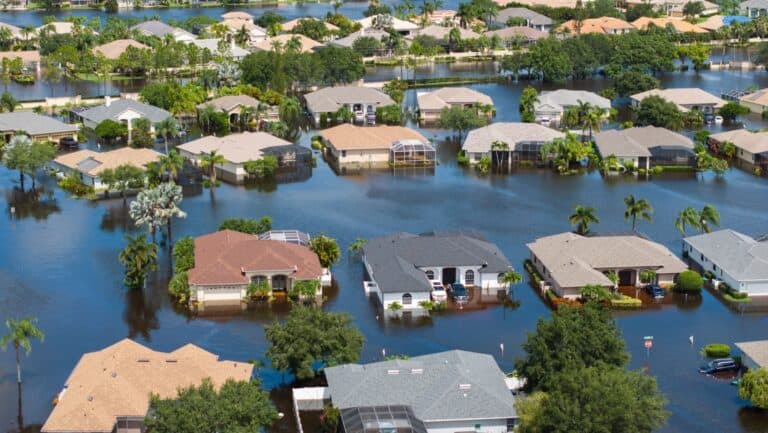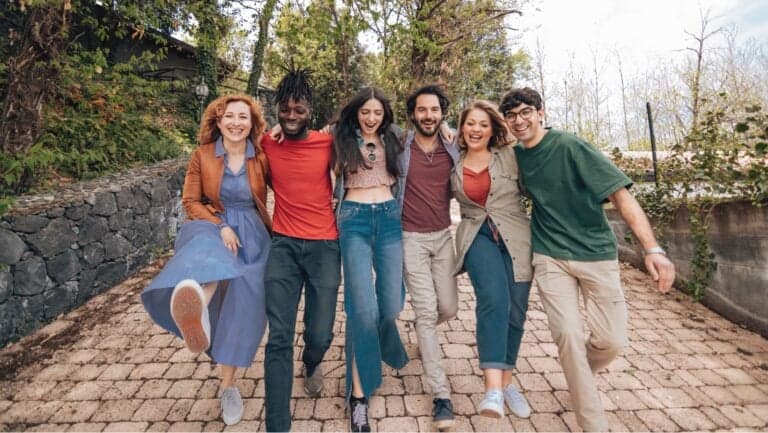Archaeology goes digital and the discoveries are stunning
With technology from DNA mapping to satellite scans rewriting human history, archaeology is no longer just about the past but about the patterns that define our present.
Every October, World Archaeology Day invites us to pause and reflect on humanity’s shared history. To some, archaeology might conjure images of sun-baked ruins or professors brushing dust from pottery shards. But the truth is far richer. Archaeology is not just about the past. It is about understanding who we are today and how we might navigate the future. From ancient cities buried beneath modern skylines to digital technologies scanning artifacts without ever touching them, archaeology continues to influence culture, identity, and even politics in the twenty-first century.
The Breadth of Archaeology
Archaeology is often misunderstood as a narrow field, but it spans continents and time periods. It includes the excavation of Paleolithic cave sites, the study of classical civilizations like Greece and Rome, and the analysis of more recent sites such as colonial settlements or World War II battlefields. Each of these layers reveals not only artifacts but also the behaviors and choices of people who lived before us. Archaeology, in other words, is the science of stories, piecing together fragments to form narratives that connect us to those who came before.
It is also not limited to monumental ruins or grand discoveries. The broken pottery, discarded shells, and forgotten tools found in small village sites tell us just as much about human resilience as any famous pyramid. Through these details, archaeologists uncover patterns of trade, shifts in diet, and the gradual evolution of technologies that transformed societies.
Iconic Discoveries That Still Resonate

Few archaeological finds have captured public imagination like the tomb of Tutankhamun in Egypt or the terracotta warriors in China. These discoveries remind us of the sheer scale of human creativity and ambition.The sight of thousands of clay soldiers buried for two millennia or the golden mask of a boy king instantly connects us to civilizations that thrived long before modern borders or languages.
Other discoveries are quieter but equally profound. The excavation of Çatalhöyük in Turkey revealed one of the earliest known urban settlements, challenging ideas about when and why humans chose to live in cities. In Britain, the unearthing of Sutton Hoo showed a burial ship filled with treasures that changed how historians viewed the so-called Dark Ages. In North America, middens, or ancient garbage heaps, revealed what Indigenous peoples ate, how they prepared food, and how they managed their resources. These seemingly mundane finds often prove more revealing than glittering treasures.
You may be interested in reading: What fossils reveal about our future on Earth
The Role of Technology
Modern archaeology increasingly relies on advanced technology. Ground-penetrating radar can reveal hidden structures without digging a single trench. Satellite imagery maps ancient roads and canals that stretch across entire landscapes. Drone photography allows archaeologists to study sites from above, detecting subtle patterns invisible at ground level. Three-dimensional scanning creates detailed models of fragile artifacts that can be studied and shared worldwide without risking damage.
DNA analysis is transforming the field as well. By examining ancient remains, researchers can trace migration patterns, uncover family relationships, and even identify diseases that shaped populations. One striking example was the revelation that some of the builders of Stonehenge may have descended from early farmers who migrated from the Mediterranean. Technology is showing that archaeology is not a static field rooted in the past but a dynamic discipline with the power to rewrite human history.
Archaeology and Identity
One of the most powerful aspects of archaeology is the way it influences cultural identity. Communities often draw pride and meaning from the remains of ancestors. At the same time, archaeology can be contentious, raising questions about who owns the past. Should artifacts remain in the museums where they were first displayed, or should they be returned to their countries of origin? The debate over the Parthenon Marbles, currently in the British Museum but claimed by Greece, is one of many examples.
For Indigenous communities, the question becomes even more sensitive. Excavations of burial grounds or sacred sites must be handled with respect and often require collaboration with descendants. In some cases, objects once considered “scientific specimens” are now being repatriated as cultural treasures. Archaeology is never only about objects. It is also about belonging and memory.
Challenges and Threats
Archaeological sites are under increasing threat. Urban development, looting, and climate change all put pressure on fragile remains. Rising sea levels have already eroded coastal sites, washing away artifacts that had been preserved for thousands of years. Desertification threatens ancient rock art. Looting, often driven by black market demand, destroys context that is critical for understanding artifacts. Once a site is damaged, the knowledge it holds can be lost forever.
Conflicts and war also take a toll. The destruction of monuments in Syria and Iraq showed how quickly centuries of history can be obliterated. Protecting heritage requires international cooperation, funding, and education. Local communities often serve as guardians of their own heritage, but they need support and recognition.
You may be interested in reading: Remember Earth science class? Turns out it mattered
Archaeology and Everyday Life

You might be surprised to learn how archaeology influences daily life. City planners consult archaeologists before digging subway tunnels or laying new roads, to avoid damaging important sites. Public school curricula use archaeology to make history tangible for children. Museum exhibits shaped by archaeological research draw millions of visitors every year. Even popular culture, from adventure films to video games, borrows themes and imagery from archaeological discoveries, keeping them alive in the public imagination.
Tourism is another connection. Entire economies benefit from archaeological heritage. Visitors flock to Machu Picchu in Peru, Petra in Jordan, or Mesa Verde in the United States, bringing income to local communities while also raising questions about preservation. Striking the balance between access and conservation is one of archaeology’s ongoing challenges.
The Human Story
What makes archaeology enduringly fascinating is its focus on the human story. Unlike geology or astronomy, which examine forces far beyond our control, archaeology deals with people who lived, struggled, celebrated, and died much like we do today. Their choices, captured in artifacts and architecture, echo into the present. Studying their lives can help us better understand resilience in times of climate change, adaptation in moments of scarcity, and innovation in response to challenges.
The past is not a foreign country. It is part of us. Archaeology serves as the bridge, allowing us to walk back through time and see ourselves reflected in the shards and stones.
The Takeaway
World Archaeology Day is not just for scholars. It is an invitation for everyone to reflect on how the past continues to shape the present. Whether through spectacular monuments or ordinary fragments of daily life, archaeology reminds us that human beings have always been curious, creative, and resourceful. Understanding those who came before helps us make sense of who we are and where we are heading.







